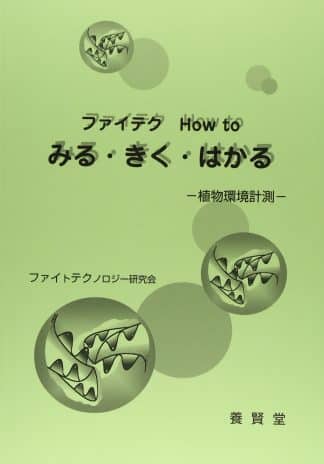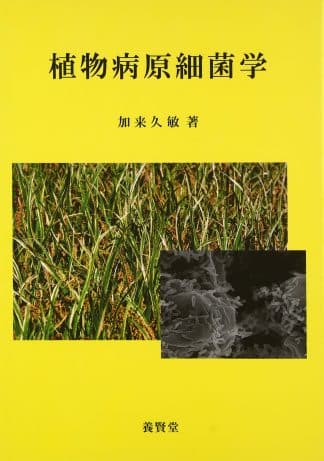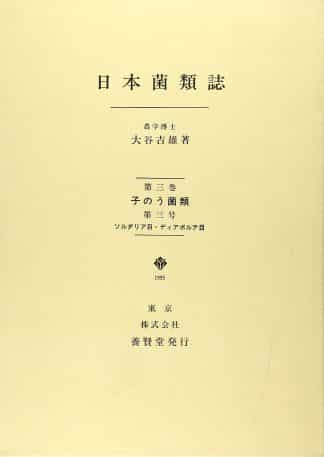目次
Part I. Attributes of invaders, their colonization, establishment and spread (Naturalized weeds from foreign countries into Japan; Comparison of ecological distributions and life historty characteristics between invasive and closely related native Plantago species in Japan; The Japanese Knotweed invasion of Europe; the potentioal for further evolution in non‐native regions; Diffusion of herbicide resistant gene by pollen flow in weeds; Formation of exotic insect fauna in Japan; Spread of invading organisms; Mathematical models for biological invasions‐competition for open spaces; Seasonal adaptation and expansion of distribution in the fall webworm Hyphantria cunea in Japan; Invasion genetics: Natural colonizations, non‐indigenous species, and classical biological control) Part II. Impact of invaders on the ecosystem(Ecological considerations in plant invasion, with New Zealand examples; Population dynamics of an invasive plant, Cirsium vulgare Ten., in the grassland of Japan; Alien plant invasion of forage crop fields and artificial pastures in Japan;Introduction of the apple snail Pomacea canaliculata and its impact on rice agriculture; Interactions between herbivorous arthropods and introduced plants in agro‐ecosystems; Interactions between Encarsia formosa, an introduced parasitoid of Trialeurodes vaporariorum, and native parasitoids; Classical biological control of the chestnut gall wasp, Dryocosmus kuriphilus; Displacement of European honey bee (Apis mellifera) subspecies by an invading African subspecies in the Americas)Part III. Evaluation and management of introduced or invasive organism(Fallopia japonica in the British Isles; Exotic weeds and their biocontrol agents in aquatic ecosystems in the United States; Evaluation of environmental impacts of introduced natural enemies)















レビュー
レビューはまだありません。